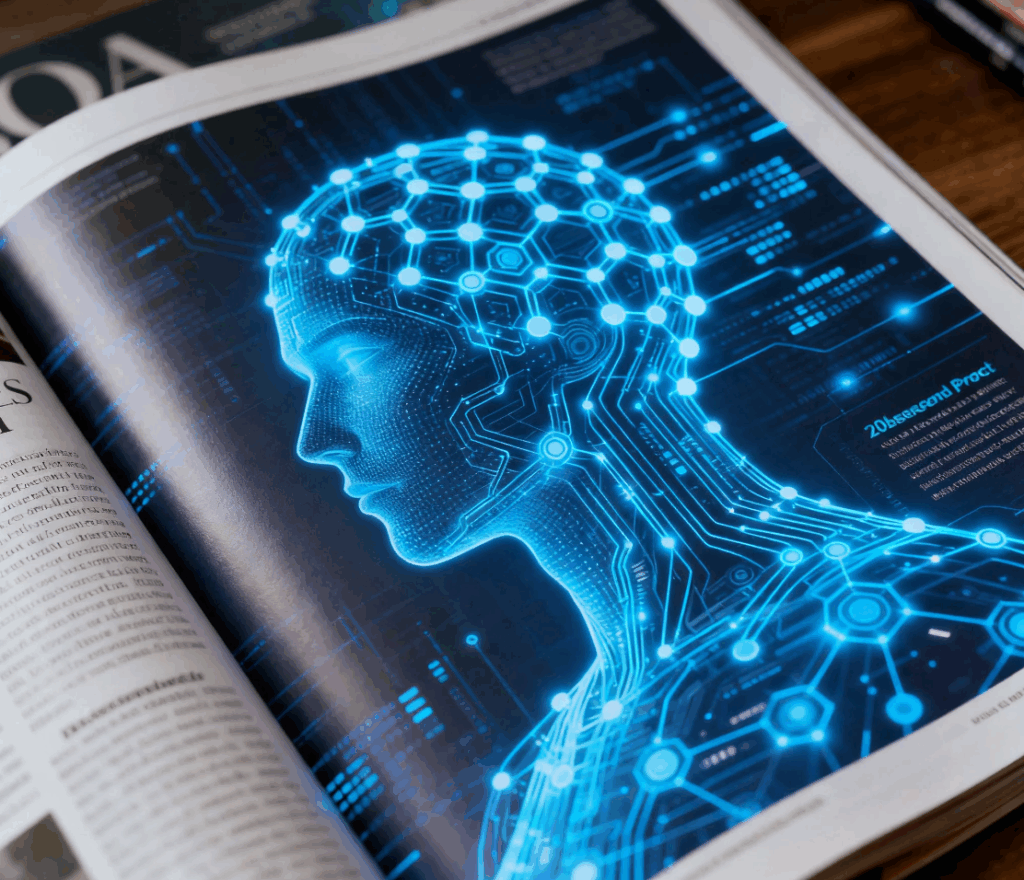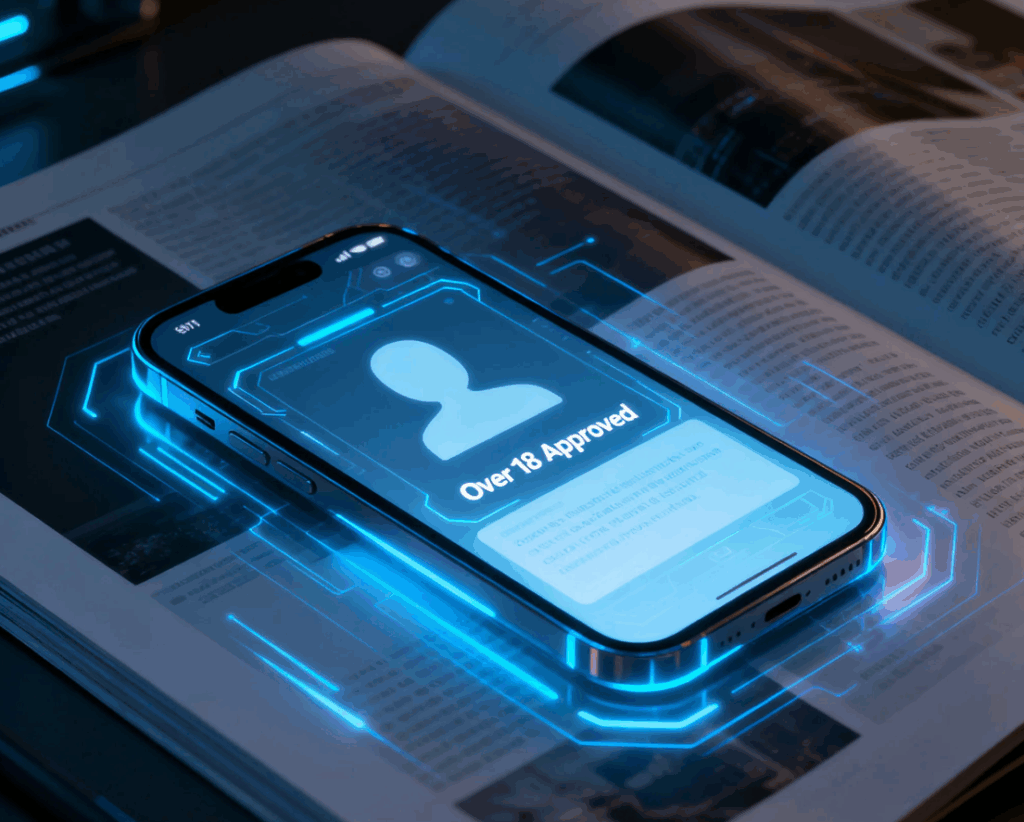I had never heard of Tea—an app marketed to women as a place to share information about problematic men—until the headlines hit. First came an unprotected Firebase database spilling personal details. Then, a second breach exposed 1.1 million private messages. Driver’s licenses, selfies, attachments—suddenly torrents of intimate data were scattered across the web.
Why was an app like Tea hoarding such sensitive information in the first place? The answer lay in its sign-up process, which required users to submit selfies as proof of identity. A familiar story: casual negligence meets structural weakness, and the result is real-world harm. It’s yet another reminder that across both traditional finance and decentralized finance, the absence of a population-scale, privacy-enhancing digital identity system is glaring.

The Crypto Angle on Digital Identity
This isn’t just a niche issue. The White House’s recent report, Strengthening American Leadership in Digital Financial Technology, identifies digital identity as critical infrastructure. It even calls on the Treasury to issue guidance on how financial institutions might integrate digital ID solutions into existing customer verification programs.
Meanwhile, the Bitcoin Policy Institute (BPI) released its own report, describing identity as “layer zero for participating in modern life.” The same report underscores the fractured state of U.S. digital identity and the skyrocketing costs of fraud.
On the Ethereum side, Vitalik Buterin has proposed an “inclusive” digital identity model—one that avoids the surveillance-prone, one-ID-per-person trap. Instead, he envisions a pluralistic system, where people maintain multiple, pseudonymous identities and prove only what is necessary in any given interaction. Think of it as a privacy-first, cryptographically guaranteed way to participate in digital life without surrendering your soul (and your driver’s license) to every app that asks.

Biometrics, Zero-Knowledge, and What Good Looks Like
The Worldcoin project, backed by Sam Altman, takes another tack: using iris biometrics to ensure uniqueness. Instead of hoarding biometric templates, it shards and encrypts them via secure multi-party computation. The result is application-specific IDs that can’t be linked without user consent. Your bank ID and your airline ID stay separate, by design.
What Buterin and Worldcoin highlight is that good digital identity doesn’t just mean “secure.” It must be pluralistic, privacy-preserving, and flexible. Ideally, you should be able to present a proof of reputation or an attribute (say, “over 18”) without revealing anything else about yourself.
What Could Have Saved Tea
Imagine if Tea had built on a pluralistic digital ID system. Instead of storing selfies and driver’s licenses, it would only need to know that “User X is over 18.” That credential could be issued by a bank, a DMV, or even the Treasury. When hackers eventually got in, they would find nothing but pseudonyms linked to non-identifiable credentials—no honeypots of personal data to plunder.
Why This Matters Now
Americans shouldn’t have to “balance” security and privacy. We should demand both. And because banks are dragging their feet, it may well be the crypto community that pioneers the infrastructure we desperately need. If it succeeds, the benefits won’t be limited to fintech or DeFi. They’ll ripple across the entire economy.
Tea’s implosion is a cautionary tale, but it’s also an opportunity. The technology to protect people’s identities already exists. What’s missing is the will to put it into practice—before the next breach proves, yet again, how costly the absence of digital identity really is.

Leave a Reply